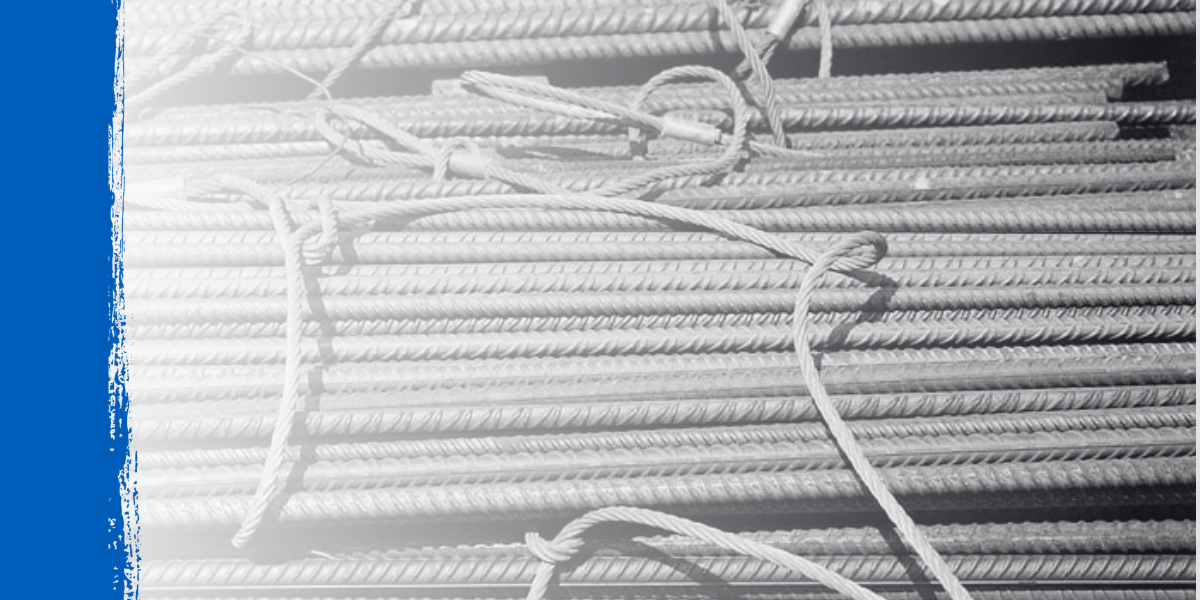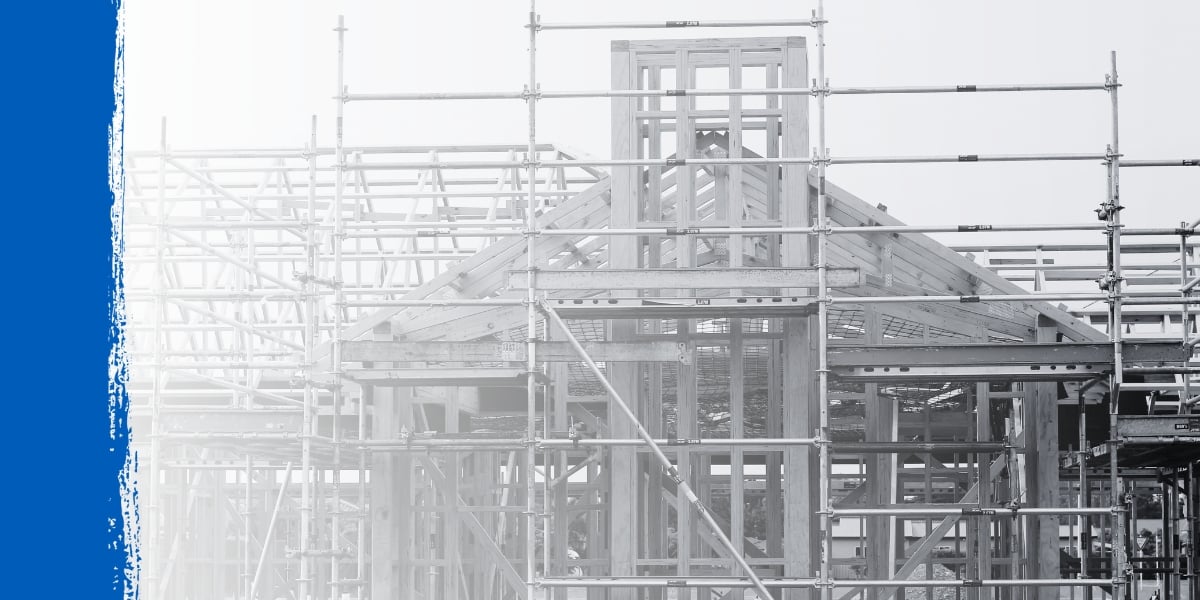The construction industry found itself at the center of a complex trade equation when the May 2025 US-China trade agreement delivered both relief and continued challenges. While headlines celebrated the temporary tariff rollback, contractors and builders quickly discovered that the reality on the ground was far more nuanced. Under the May 2025 US-China trade agreement, both countries agreed to roll back most retaliatory tariffs by 115% for a 90-day period while keeping a residual 10% tariff on covered goods, yet this temporary relief masks deeper structural issues affecting material costs and project planning.
Key Takeaways from the U.S.-China Trade Agreement
- Limited Relief for Construction Costs: Most building materials still face separate Section 232 and Section 301 tariffs, excluded from the 90-day rollback, with combined tariff impacts reaching up to 50% on structural steel. As a result, contractors and developers face higher costs due to the combined impact of tariffs on structural steel and other materials.
- Increased Material Cost Volatility: Price fluctuations have grown by 15-20%, complicating project estimates, while lead times for alternative suppliers extend 6-8 weeks beyond traditional Chinese sources.
- Contract Clauses to Manage Risk: Including material escalation triggers and risk-sharing arrangements in contracts helps distribute tariff-related cost burdens between contractors and owners.
- Supply Chain Diversification: Developing relationships with domestic and North American suppliers and maintaining inventory buffers can mitigate risks from tariff uncertainties.
- Strategic Partnerships with Wholesale Suppliers: Experienced suppliers offer market intelligence and alternative product recommendations to help navigate tariffs and maintain quality.
Introduction to the Trade Deal
The trade deal between the United States and China has emerged as a pivotal development in global commerce, capturing the attention of industries and governments worldwide. Announced by President Donald Trump, this new trade agreement is designed to reduce tensions between the two economic superpowers by introducing reciprocal tariffs and addressing the critical issue of rare earth minerals.
The Trump administration’s trade policy has led to the imposition of new tariffs on a wide range of Chinese imports, directly impacting the construction industry and businesses that depend on imported goods and materials. As the deal takes effect, companies across the construction sector—and beyond—are closely monitoring how these changes will influence costs, supply chains, and their ability to compete in both domestic and international markets. In the following sections, we’ll explore the key elements of the trade agreement and what they mean for construction, trade, and the broader economy.
Trade Agreement Provisions
The US-China trade agreement introduces several significant provisions that reshape the landscape for businesses reliant on global supply chains. One of the most notable aspects is the removal of export restrictions on rare earth minerals, a move that is expected to stabilize access to these essential resources for manufacturers and the construction industry. The agreement also eases tariffs on a selection of Chinese goods, aiming to reduce some of the upward pressure on material prices that has challenged contractors and developers.
In addition to material-focused measures, the deal includes provisions that facilitate access for Chinese students to US educational institutions, reflecting a broader effort to maintain open channels between the two countries. On the tariff front, the agreement sets a fixed 55% tariff rate on Chinese imports, as confirmed by Commerce Secretary Howard Lutnick, while China maintains a 10% tariff on US goods. These tariff rates are expected to remain stable, providing some predictability for businesses planning future projects.
For the construction industry, the implications are significant. Higher costs for steel and aluminum, combined with ongoing supply chain disruptions, mean that project budgets and timelines may need to be adjusted. The automotive sector is also affected, with potential new tariffs on auto parts and imported vehicles. As companies adapt to these changes, the trade agreement will continue to influence material sourcing, contract negotiations, and overall project feasibility.
Current Tariff Landscape for Construction Materials
Construction materials face overlapping import tariffs that create complex cost structures. Despite the temporary rollback, many core building materials remain subject to significant duties imposed by the government.
As of March 12, 2025, Section 232 tariffs on Chinese steel imports remained at 25%, aluminum tariffs increased from 10% to 25% (representing recent tariff increases), and many products face an additional 25% Section 301 tariff. This layering leads to combined tariffs as high as 50% on some materials.
|
Material Category |
Section 232 Tariff |
Section 301 Tariff |
Combined Impact |
|---|---|---|---|
|
Structural Steel |
25% |
25% |
Up to 50% total |
|
Aluminum Products |
25% |
10% |
Up to 35% total |
|
Vinyl Siding |
0% |
25% |
25% total |
|
Copper Wiring |
0% |
25% |
25% total |
These import tariffs were authorized by executive order, giving government officials the authority to impose and adjust tariff policies.
Investigations into copper imports may lead to additional tariffs, further increasing costs.

Impact on Construction Costs and Supply Chains
Sustained tariff pressure has reshaped construction economics. US imports of iron or steel structures from China fell 18% year-over-year to $1.24 billion in 2024, reflecting shifts in sourcing due to tariffs and China's export restrictions.
Contractors face challenges including:
- Budget Planning: Increased price volatility complicates accurate estimates.
- Supply Chain Management: Longer lead times for alternative suppliers.
- Contract Negotiations: Greater risk in fixed-price agreements.
- Cash Flow: Higher upfront costs strain working capital, especially for smaller firms.
Residential construction is particularly affected by tariffs on vinyl siding and hardware, while commercial projects face pressure on structural steel and aluminum systems. These changes contribute to higher consumer prices and impact housing demand.
Strategic Responses to Tariff Challenges
Successful contractors focus on:
- Contract Structure: Including tariff escalation clauses and risk-sharing mechanisms.
- Supply Chain Diversification: Sourcing from multiple suppliers and countries to reduce exposure.
- Strategic Partnerships: Collaborating with suppliers for market intelligence and alternative products.
Moving forward, contractors will need to remain agile and proactive in their strategies to manage ongoing tariff risks.
Contract Protection Mechanisms
Typical provisions include:
- Material Escalation Triggers: Automatic price adjustments when tariffs exceed thresholds.
- Change Order Protocols: Streamlined handling of tariff-related cost increases.
- Risk Sharing: Dividing unexpected tariff costs between contractors and owners.
Supply Chain Diversification
Strategies include:
- Partnering with domestic steel and aluminum suppliers.
- Exploring North American alternatives.
- Considering suppliers from other countries, and evaluating trade policies and tariffs by country to ensure effective supply chain diversification.
- Investigating alternative materials.
- Building inventory buffers during uncertain periods.

Role of Wholesale Building Material Suppliers
Wholesale suppliers provide:
- Market Intelligence: Real-time updates on tariffs, availability, and pricing.
- Inventory Management: Strategic stock levels to buffer against disruptions.
- Alternative Product Expertise: Recommendations for non-tariff-affected materials.
This evolving relationship supports contractors in managing tariff risks and maintaining project quality.
“Builders need suppliers who understand both technical and economic aspects of current trade policies. The best partnerships combine product knowledge with strategic market insight.”
Regional suppliers can also help reduce logistics costs and improve delivery flexibility.
Economic Growth and Development
The broader economic impact of the US-China trade deal is expected to be substantial, influencing growth and development both domestically and around the world. By lifting export restrictions on rare earth minerals, the agreement is poised to enhance the production of critical minerals like copper and steel, key components for the construction industry and other sectors reliant on advanced manufacturing. The easing of tariffs on certain Chinese goods is anticipated to stimulate trade flows between the two countries, offering potential benefits for businesses and consumers through increased market access and supply chain efficiency.
However, the imposition of higher tariffs on a wide range of Chinese imports is likely to drive up costs for US businesses, small business owners, and consumers. This could result in higher prices for construction materials, home appliances, electrical components, and other imported goods, with ripple effects on inflation and overall economic growth. Trading partners such as Canada and the European Union may also face new challenges, as the deal introduces additional tariffs and trade restrictions that could affect their exports to the US.
As the trade agreement moves forward, it will be essential for companies, home builders, and policymakers to closely monitor its effects on the market. The White House, under President Trump’s leadership, continues to emphasize domestic production and national security, particularly regarding critical minerals and rare earths. With ongoing executive orders, the Geneva consensus framework, and evolving trade policy, the construction industry and other sectors must remain agile, ready to adapt to new tariffs, supply chain shifts, and changes in global demand. Ultimately, the success of the trade deal will depend on its ability to balance the interests of businesses, consumers, and trading partners while supporting sustainable economic growth.
Preparing for Ongoing Trade Policy Changes
The 90-day tariff rollback is temporary, requiring ongoing strategic planning. Many of the current tariff policies were enacted when President Trump signed executive orders during his administration. Trade tensions persist, influenced by previous executive orders and ongoing investigations into critical minerals and other imports.
Factors shaping the market include:
- Policy Extensions: Possible modifications or extensions of the current agreement.
- Domestic Production Capacity: Potential bottlenecks due to increased demand.
- Alternative Trade Relationships: Shifts to non-Chinese sources.
- Currency Fluctuations: Impacting import costs.
- Legacy of Trump Administration Policies: Trump's trade and tariff policies continue to shape current trade dynamics.
High-level diplomatic engagement remains crucial as agreements require approval from the two world leaders.
Immediate Steps for Construction Professionals
- Audit Supply Chains: Identify vulnerabilities to tariff changes.
- Develop Supplier Networks: Establish relationships with alternative sources.
- Update Contracts: Incorporate tariff protection clauses.
- Monitor Policies: Stay informed on trade developments.
- Calculate Costs Accurately: Include all tariff layers in cost models.
Market Trends and Outlook
The construction industry faces ongoing challenges from new tariffs and reciprocal duties imposed by President Donald Trump, targeting Chinese imports such as rare earth minerals, steel, aluminum, and copper.
Commerce Secretary Howard Lutnick highlights lasting impacts on material prices and supply chains, with tariffs extending to other trading partners like the European Union and Canada.
The National Association of Home Builders reports that tariffs on softwood lumber and other imports are driving up costs for home builders, potentially leading to higher home prices for consumers. Small business owners and large firms alike face increased expenses for electrical components, auto parts, home appliances, and other critical goods.
Executive orders and the Geneva consensus framework have introduced export restrictions and heightened scrutiny of critical minerals and rare earths, raising national security concerns and affecting availability of key materials for construction, data centers, and infrastructure projects.
Market analysts expect continued price volatility as the industry adapts to additional tariffs and trade negotiations. President Trump’s use of platforms like Truth Social to announce tariffs adds unpredictability. This approach is often referred to as 'tariff trump,' highlighting his use of tariff increases as a strategic negotiating tool in trade talks, especially during the U.S.-China trade war.
Home buyers should anticipate higher costs as companies pass on import taxes and material price increases.
Building Resilient Strategies Amid Trade Uncertainty
The US-China trade agreement and construction tariffs signal a fundamental shift in material sourcing and project planning. While the May 2025 agreement offers short-term relief, underlying trade tensions persist.
Success requires strategic thinking, operational flexibility, and strong supplier partnerships. Tariff management has become a core competency, demanding new skills and approaches in contract negotiation and project execution.
Construction professionals who understand these dynamics and build adaptive strategies will be best positioned to maintain profitability and deliver successful projects.
For expert support navigating these challenges, contact LS Building Products for tailored sourcing strategies and market insights.
.png?width=98&height=67&name=Logo%20(13).png)
 US–China Trade Deal: Effects on Construction Costs" loading="lazy">
US–China Trade Deal: Effects on Construction Costs" loading="lazy">
-3.jpg)
-2.jpg)



